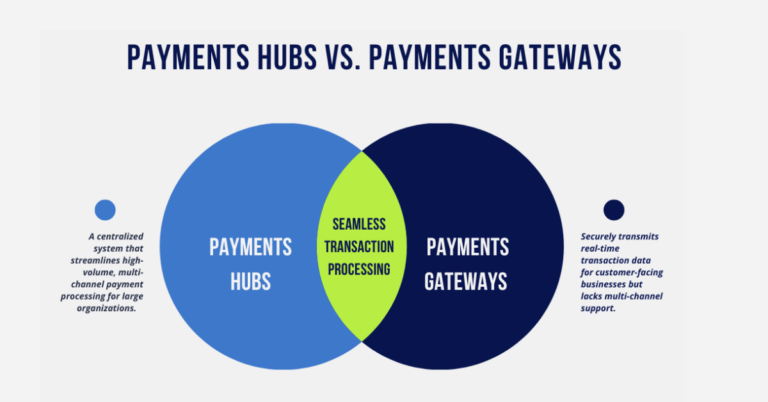At the beginning of 2020, 12.2 million Bank of America customers were already using Erica, the bank’s virtual voice assistant (chatbot). Bank of America and other financial institutions are investing in chatbots because they improve the digital experience and can reduce costs. Some financial institutions hire large staffs to develop their chatbots in-house while others outsource development to third parties, often with no upfront costs.
Wide use by consumers
Chatbots are increasingly being adopted by consumers because of their ease of use. Chatbots allow customers to simply say what they want in their own words which are then processed by the software using natural language processing. Natural language processing is made possible by artificial intelligence (AI) and machine learning, making it more flexible and user-friendly than other self-service technologies. Chatbots can facilitate many tasks including transferring funds, paying bills, and answering questions.
Broad deployment by companies
Because of the improved digital experience and operational cost savings, organizations are widely deploying chatbots—it’s expected that $5 billion will be invested in chatbots by 2021. But many more will need to jump onboard to be prepared for increasing acceptance by consumers due to convenience and speed. Servion Global Solutions predicts that by 2025, 95% of customer interactions will be powered by AI.
Microsoft CEO, Satya Nadella, said, “Pretty much everyone today who’s building applications, whether desktop apps, mobile apps, or websites, will build bots as the new interface.”
Chatbots are available through many channels
Chatbots can be deployed via many channels, allowing companies to meet their customers where they are. Interfaces include voice assistants, Facebook Messenger, the web, and other channels.
- Voice assistants
Amazon Alexa, Google Assistant, and others allow customers to interact via voice commands. For example, a user can set a timer, check the weather, pay a bill and operate household controls all while cooking dinner.
- Facebook Messenger
One of the most popular chatbot platforms is Facebook Messenger. There are an estimated 300,000 chatbots on Messenger, handling 8 billion messages monthly between businesses and consumers. Wells Fargo, for example, has incorporated Facebook Messenger chatbot capabilities to enable its customers to make common inquiries using natural language for such things as account balance, nearest ATM, most recent transactions, and more. According to the bank, the technology helps them better engage customers at the time and place of their choosing. But another key benefit includes significant cost savings. According to Chatbots Life, the use of chatbots can reduce operational costs related to customer requests by 30 percent. And, while some social platforms appeal to a narrower group of users, Facebook provides access to a wide range of consumers, with 24 percent of Facebook’s advertising audience in the 18-24 age range and 10.4 percent in the 45-54 range, and a relatively even share across most age groups.
- The web
It’s becoming increasingly common for users accessing a financial institution’s website to be presented with a virtual assistant upfront. According to a survey by Userlike, at least 54 percent of respondents trust chatbots with basic requests and only 9 percent are against businesses deploying support using chatbots—and this number is only expected to grow, especially as consumers and businesses continue to navigate the “new normal” brought about by the global pandemic.
- Other channels
Chatbot technology can be deployed using just about any user interface. Anticipated channels include the native text capability of mobile phones, interactive voice response (IVR) systems, and other emerging channels.
Summary
Chatbots are expected to continue to be widely deployed by companies and heavily used by consumers. They are easier to use than other self-service options because they respond to natural language. Chatbots are also available via many user interfaces, enabling financial institutions to meet their customers where they are. Expected benefits include an improved digital experience, increased self-service adoption, lower costs, higher customer satisfaction, and better rates of customer retention. Is it time for your organization to consider a chatbot?
For more on AI, see our AI and Customer Service by the Numbers infographic.
*This is an update on an original post published November 2018
Alacriti created Ella, an AI-powered chatbot that facilitates seamless, personalized, and context-aware interactions between you and your customers through messaging apps, intelligent personal assistants, and directly on your website. To find out how Ella can transform how you engage with your customers, contact us at (908) 791-2916 or info@alacriti.com.




